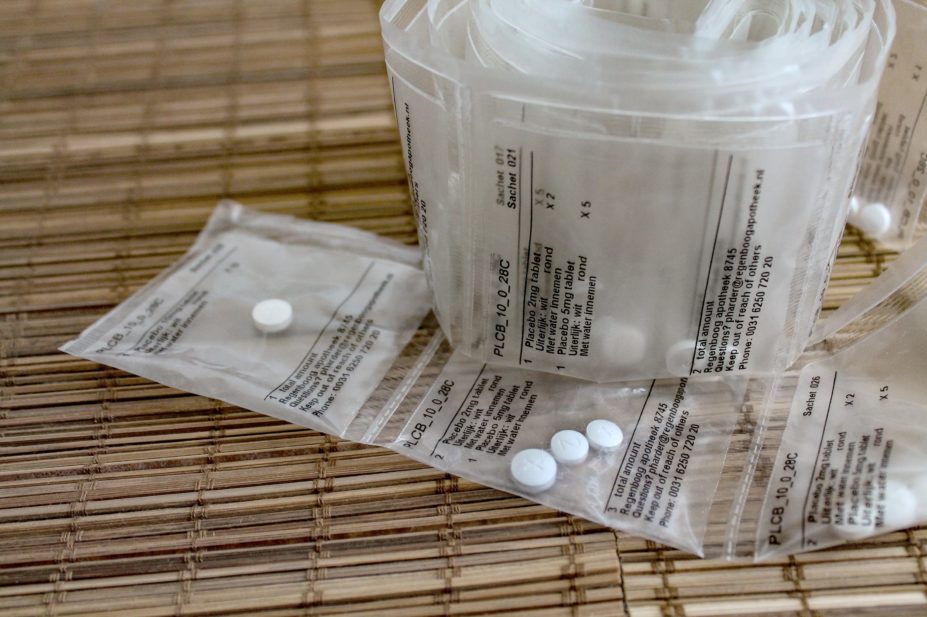
Abigail James
In 2004, I experienced a period of severe depression and was prescribed the antidepressant venlafaxine.
During the years I took venlafaxine, I learned how important it was to take my medication each day. When I forgot to take just one tablet, the next day I would start to feel very unwell. It was scary — I didn’t want to become depressed again. It took me a long time to realise that when I forgot a day’s tablet, the sickness I was experiencing was actually a withdrawal symptom.
I’m a researcher in genetics and this strange experience piqued my interest. I wanted to know more about depression and antidepressants, and I wondered how someone could, if they chose to, come off their antidepressants without experiencing this severe side effect. And, since my depression had left me without a job, I had a lot of time to read, learn and write.
I met a retired GP, Jan van Ingen Schenau, who was also interested in antidepressants and withdrawal. In 2012, we wrote the report ‘Tapering antidepressants safely’, in which we made a plea for withdrawal guidelines to be developed in the Netherlands that would help people come off their antidepressants slowly.
In the report, I described a simple idea to make safe, gradual tapering practically possible, which led to the development of tapering strips.
Tapering strips are rolls of small pouches, containing tablets, which can be opened over a period of 28 days. The dose can be lowered on each consecutive day.
I wasn’t the first person to come up with the idea, however. We learned it was first thought of in 2004 by Harry Leurink, a Dutch sculptor and woodcarver who was struggling to come off his benzodiazepines. Each time he tried, he suffered withdrawal effects that were so severe he always ended up back on them. In 2010, he submitted his idea to the not-for-profit foundation Cinderella Therapeutics.
Two years later — when Cinderella Therapeutics saw that I had come up with the same idea — I was asked to work as a volunteer to develop a tapering strip for paroxetine, the antidepressant most commonly linked with withdrawal.
From the outset it was clear that what we wanted to achieve was technically possible, but we needed a pharmacist who was willing and able to make the low doses of medication that were required for each consecutive pouch, and to package this medication in such a way that doctors could easily prescribe proper tapering schedules to patients.
We were able to find one: Paul Harder, from Regenboog Apotheek in Bavel, the Netherlands. It is his pharmacy that now makes and provides the tapering strips, not only to patients in the Netherlands but also by prescription from a certified doctor to patients in the UK.
In 2013, the first tapering strip for paroxetine was made available. Patients using the tapering strips were happy with them overall but they weren’t afraid to give some critical feedback — they helped us realise that having just one tapering strip for paroxetine was not enough. There were many other drugs that caused withdrawal problems for which tapering medication was needed.
Since then, Harder and I have been working hard to make improvements and now tapering strips are available for 14 antidepressants, 9 antipsychotics, 5 sedatives, 3 analgesics, 4 antiepileptics and 2 other medications. And the list is still expanding.
But there’s still more to do. There remains one problem that we are yet to solve: how do we get the health authorities and the medical community to accept tapering medication?
So to them I say this: imagine having a flat tyre. The solution is simple; use the jack to replace the flat tyre with the spare in the trunk of your car. I learned how to do this when I was young but, for those who didn’t, it is explained in the car manual. But what is more important: having the tools or having a manual?
Tapering medication enables doctors to prescribe gradual tapering schedules that can prevent withdrawal problems. Guidelines are useful but without the right tools to prevent withdrawal symptoms, they lose much of their value.
Considering this, I had expected that tapering medication would be warmly welcomed. After all, the results of two observational studies demonstrate that the technique works.
The first study showed that 70% of antidepressant users, who had previously failed to stop their medication, were able to taper completely using tapering strips. The second study showed that 1–5 years later, 68% had continued to stay off the medication they had tapered.
But we have yet to win the health authorities over. The Dutch Institute of Healthcare Improvement, the Department of Health and Social Care in England and others have been asking for more research to be carried out before tapering strips will be considered. They seem to want to improve the guidelines first and then develop better ways to guide patients.
My goal is to convince people that it is important to make tapering medication available for patients now. Improvements in guidelines and guidance will naturally follow and they will be informed by real experiences of real patients.
Peter Groot, researcher in mental health patient experience, Utrecht University, the Netherlands; volunteer, Cinderella Therapeutics Foundation
You can find out more about antidepressants, tapering and tapering strips in Groot’s article ‘Antidepressant withdrawal can be a horrible experience — are tapering strips a potential solution?’


